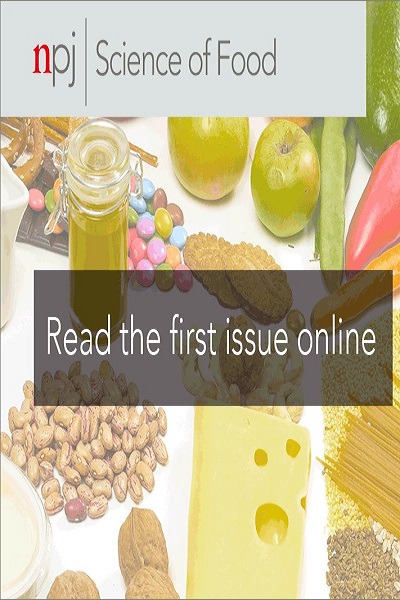Tracing the origin of Argentine Malbec wines by sensometrics
IF 6.3
1区 农林科学
Q1 FOOD SCIENCE & TECHNOLOGY
引用次数: 0
Abstract
The study of terroir, increasingly popular in scientific circles, remains a challenging field, particularly in terms of sensory analysis. This paper summarizes our own contribution to the field—an approach for tracing the typicity of wines by sensometrics, using the Malbec variety as a case study. This large-scale research fingerprinted 81 wines from 29 parcels from highly contrasting environments (varying climate, elevation, and soils), produced under standardized conditions in three consecutive vintages. Wines were evaluated through descriptive sensory analysis (DA) by a trained panel, and sensory descriptors were associated with different size geographic scales (zones, departments, and Geographic Indications (GIs)). The application of different sensometric tools allowed us to describe the typicity of wines and discriminate each region, proposing a novel methodology for the comprehensive evaluation of terroir from a sensory viewpoint. The vintage effect was very strong at the departmental and GI level, with aroma, taste and mouthfeel descriptors varying annually. However, certain origin descriptors remained consistent, providing insight into the typicity of Malbec. Considering the extension of the experimental study performed, this methodology provides a proof of concept for understanding both terroir and vintage effects from a sensorial perspective, offering wine producers and consumers a clear message backed by scientific evidence.

通过感官计量学追溯阿根廷马尔贝克葡萄酒的起源。
风土研究在科学界日益流行,但它仍然是一个具有挑战性的领域,尤其是在感官分析方面。本文总结了我们自己在这一领域的贡献--以马尔贝克品种为例,通过感官计量学追踪葡萄酒类型的方法。这项大规模研究对来自 29 个地块的 81 款葡萄酒进行了指纹分析,这些葡萄酒产自对比强烈的环境(不同的气候、海拔和土壤),在标准化条件下连续生产了三个年份。由一个训练有素的小组通过描述性感官分析(DA)对葡萄酒进行评估,并将感官描述符与不同大小的地理尺度(区域、部门和地理标志(GIs))相关联。不同感官测量工具的应用使我们能够描述葡萄酒的类型并区分每个产区,为从感官角度全面评估风土提出了一种新方法。在部门和地理标志层面上,年份效应非常强烈,香气、味道和口感描述指标每年都有不同。然而,某些产地描述指标却保持一致,这让人对马尔贝克的典型性有了更深入的了解。考虑到所进行的实验研究的扩展性,该方法为从感官角度理解风土和年份的影响提供了概念证明,为葡萄酒生产商和消费者提供了有科学依据的明确信息。
本文章由计算机程序翻译,如有差异,请以英文原文为准。
求助全文
约1分钟内获得全文
求助全文
来源期刊

NPJ Science of Food
FOOD SCIENCE & TECHNOLOGY-
CiteScore
7.50
自引率
1.60%
发文量
53
期刊介绍:
npj Science of Food is an online-only and open access journal publishes high-quality, high-impact papers related to food safety, security, integrated production, processing and packaging, the changes and interactions of food components, and the influence on health and wellness properties of food. The journal will support fundamental studies that advance the science of food beyond the classic focus on processing, thereby addressing basic inquiries around food from the public and industry. It will also support research that might result in innovation of technologies and products that are public-friendly while promoting the United Nations sustainable development goals.
 求助内容:
求助内容: 应助结果提醒方式:
应助结果提醒方式:


